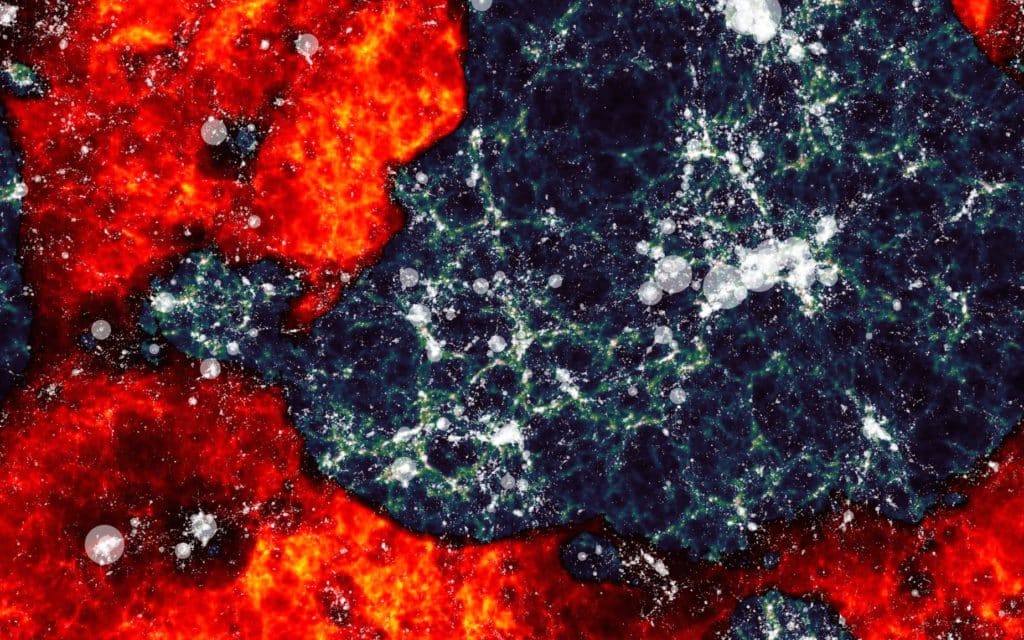Work, housing and friendships are core factors to feeling included.
A new tool developed by researchers at Orygen to measure and monitor social inclusion was tested with more than 500 young people.
By identifying the early signs of isolation and loneliness, support can be provided to prevent more serious mental ill-health.
In mental healthcare, simple screening tools for common conditions like depression and anxiety make it possible to diagnose people quickly and get help sooner.
A new tool developed at Orygen does the same, but for social inclusion: the F-SIM (Filia Social Inclusion Measure), developed by Dr Kate Filia and being presented in Hobart this week at the Society for Mental Health Research conference, could help to pinpoint the causes of isolation and social exclusion,
Continue reading A new tool to measure social inclusion to save lives →













